Barlow lenses are an essential component of modern telescopes and play a crucial role in magnifying the image of distant celestial objects.
They are small, compact lenses that are placed between the eyepiece and the main telescope tube.
In this blog post, we’ll explore the basics of Barlow lenses, how they work, and why they are an essential tool for astronomers and amateur stargazers alike.
Top Overall Choice
X-Cel LX Barlow Lens – 2X – 1.25″
The X-Cel LX 2x Barlow lens is the top choice for its exceptional build quality and ease of use. Doubling the magnification of any 1.25” eyepiece, it ensures versatility with high-quality 3-element apochromatic optics that deliver sharp, bright images. The design includes a rubber grip, threaded barrel for filters, and brass compression ring for secure eyepiece placement.
How Does a Barlow Lens Work?
A Barlow lens works by increasing the effective focal length of an eyepiece, thereby magnifying the image.
It does so by diverting the light that passes through it to a longer focal point, which results in a magnified image. The lens is designed in such a way that it multiplies the focal length of the eyepiece by a specific factor, typically 2x or 3x.
This means that a 2x Barlow lens would double the magnification of the eyepiece, while a 3x lens would triple it.
By inserting the Barlow lens between the eyepiece and the telescope tube, the observer can choose the level of magnification they want to use, simply by switching between different eyepieces.
How to choose the right Barlow lens for you
Choosing the right Barlow lens for you depends on several factors, including your telescope type and aperture, your observing goals, and personal preferences. Here are some things to consider when choosing a Barlow lens:
- Magnification factor: Barlow lenses are typically available in 2x or 3x magnification factors. If you already have a set of eyepieces, a 2x Barlow lens is a good choice as it will double the magnification of each eyepiece. If you want even more magnification, a 3x Barlow lens is the way to go.
- Quality: The quality of the lens is important for getting the best image. Look for Barlow lenses made from high-quality materials, such as glass or multi-coated optics, to minimize distortions and chromatic aberrations.
- Compatibility: Ensure that the Barlow lens you choose is compatible with your telescope and eyepieces. Some Barlow lenses have specific requirements, such as a specific diameter or thread size.
- Cost: Barlow lenses are available at a range of prices, from budget-friendly models to more expensive, high-end lenses. Consider your budget and what you want to see with your telescope when choosing a Barlow lens.
Ultimately, the right Barlow lens for you will depend on your specific needs and observing goals. Take the time to research and compare different options to find the best one for your setup.
Barlow Lens vs Zoom Lens
A Barlow lens and a zoom lens are both optical devices that are used to magnify an image, but they work in different ways and have different purposes.
Barlow Lens
- Fixed Magnification: Barlow lenses provide a fixed magnification determined by their factor (e.g., 2x or 3x). While this limits variability, it ensures a consistent and predictable increase in focal length.
- Cost-Effective Magnification: Barlow lenses are a cost-effective solution for increasing magnification without the need for a collection of various eyepieces. One Barlow lens can be used with multiple eyepieces, offering versatility.
- Potential Image Quality: Using a Barlow lens might result in slightly reduced image brightness, and atmospheric conditions can have a more noticeable impact at higher magnifications. However, the overall image quality depends on the telescope and eyepiece quality.
Zoom Lens
- Variable Magnification: Zoom eyepieces allow astronomers to adjust magnification within a specified range, providing flexibility to adapt to changing observing conditions or different celestial objects.
- Convenience and Versatility: A single zoom eyepiece can replace a set of fixed focal length eyepieces, simplifying the observer's kit and making it more convenient to find the optimal magnification for a given target.
- Optical Considerations: Some astronomers prefer fixed eyepieces for their optical purity, as zoom eyepieces may introduce some compromises in terms of image sharpness or field of view at extreme settings.
Choosing the Right Tool
Deciding between a Barlow lens and a zoom eyepiece involves weighing different factors based on your observing preferences.
If your stargazing routine often involves specific magnifications, and you prefer a more cost-effective solution, a Barlow lens with its fixed magnification factor could be the ideal choice. This specialized accessory offers consistency and predictability.
On the other hand, if you value adaptability and enjoy exploring a variety of celestial objects with the ability to seamlessly adjust magnification, a zoom eyepiece might be more suitable. The convenience of having a single eyepiece that covers a range of magnifications can simplify your observing experience, especially when conditions or targets change.
Ultimately, the decision boils down to your personal preferences, observing habits, and the specific demands of your stargazing sessions. Consider your priorities, whether they lean towards specialization or flexibility.
Disadvantages of a Barlow Lens
While Barlow lenses are a useful tool for astronomers and amateur stargazers, they do have some drawbacks that should be considered:
- Reduced image quality: The additional magnification provided by a Barlow lens can sometimes result in a decrease in image quality. This can be due to chromatic aberrations, distortions, or other optical issues that can arise when using a Barlow lens.
- Vignetting: The use of a Barlow lens can sometimes result in vignetting, which is when the edges of the field of view are darkened. This can be especially problematic for wide-field observations.
- Not suitable for all eyepieces: Not all eyepieces are compatible with Barlow lenses, and some may produce unsatisfactory results when used with a Barlow lens. It's important to consider this when choosing a Barlow lens and to make sure that it is compatible with your eyepieces.
Advantages of a Barlow Lens
There are several reasons why someone might want to use a Barlow lens with their telescope:
- Increased Magnification: The most obvious advantage of a Barlow lens is the increased magnification it provides. By increasing the effective focal length of the eyepiece, a Barlow lens allows you to see finer details in distant objects like stars, galaxies, and nebulae.
- Cost-Effective: Adding a Barlow lens to your setup is a cost-effective way to increase the magnification of your telescope without having to buy additional eyepieces. This can be especially useful for amateur stargazers who are looking to get the most out of their telescope without breaking the bank.
- Space-Saving: Barlow lenses are small and compact, making them easy to store and transport. This can be especially important for those who have limited storage space or who frequently take their telescope on the go.
In conclusion, the use of a Barlow lens can greatly enhance an observer’s viewing experience by providing increased magnification and versatility.
A Barlow lens is a cost-effective and space-saving way to increase the magnification of a telescope without having to purchase additional eyepieces.
While there are some potential drawbacks to using a Barlow lens, such as decreased image quality and increased complexity, the benefits of increased magnification and versatility make it a valuable tool for amateur stargazers and professional astronomers alike.

Andrew
With years of experience and a passion for exploring the cosmos, I want to be your go-to destination for all things celestial. My mission is to bring the wonders of the universe to your fingertips and demonstrate how the art of stargazing and telescope therapy can nurture not only your astronomical curiosity but also your mental health. Explore the cosmos with me and discover the profound connection between the night sky and your inner peace.
We may earn commissions through affiliate links in this post. This means we may receive a small commission if you make a purchase through these links. This comes at no extra cost to you and helps support our site’s content. We only recommend products or services we believe will add value to our readers. Your support is appreciated!

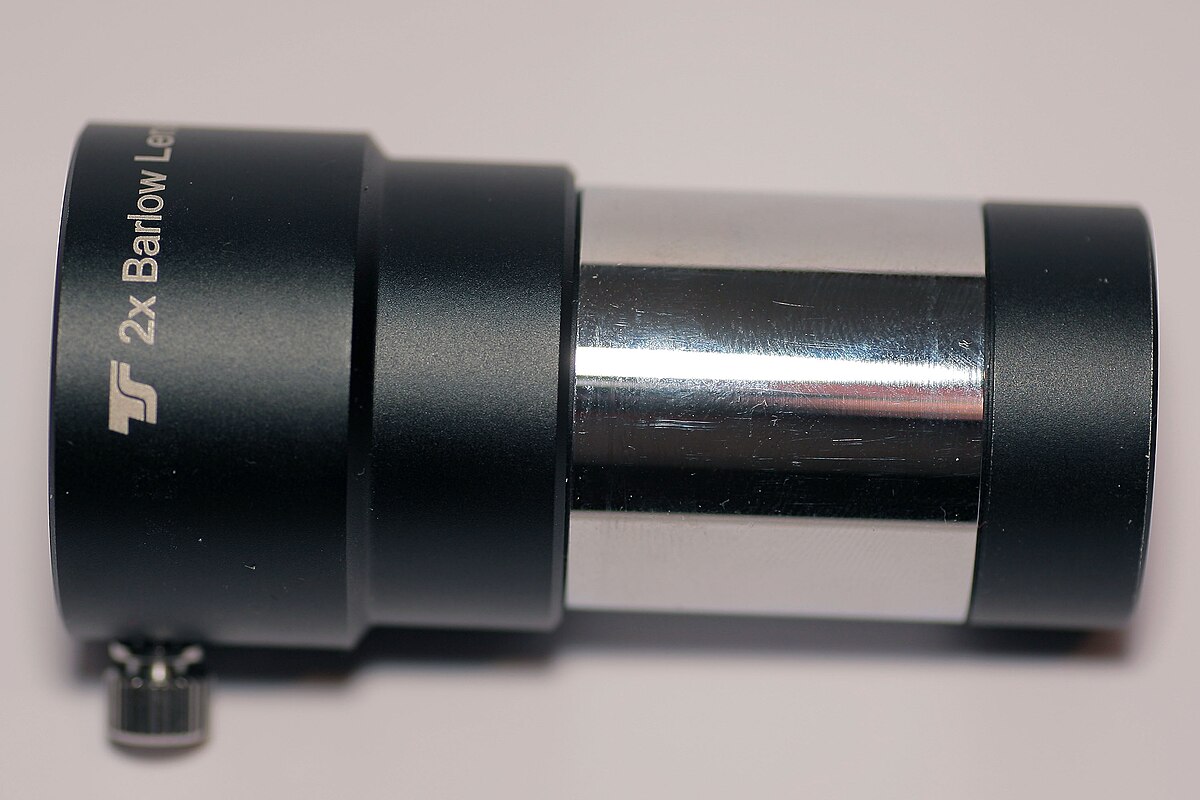
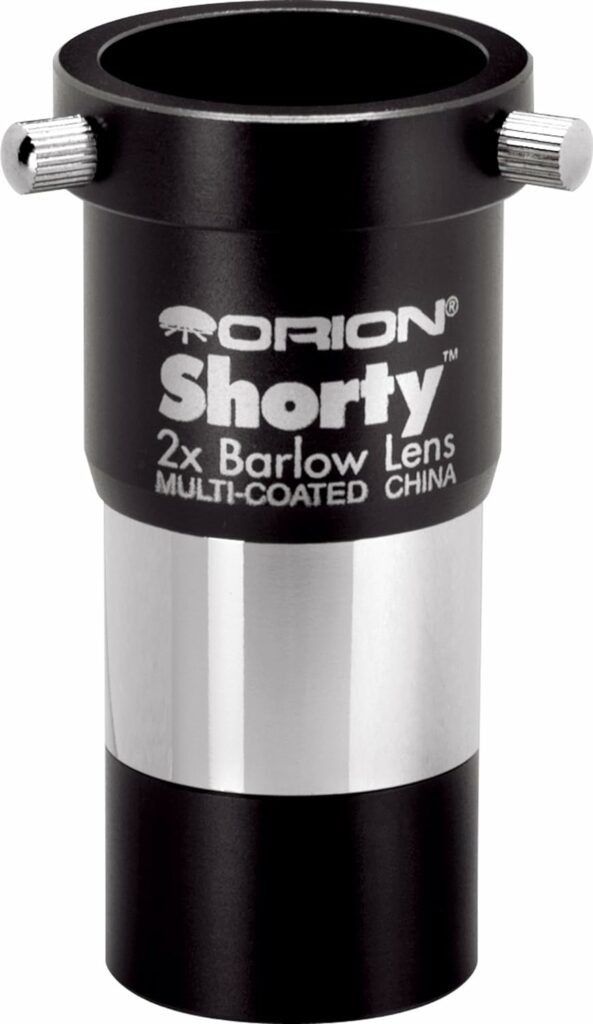
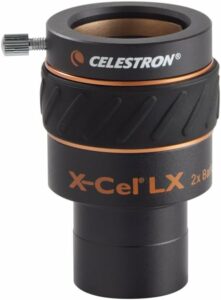
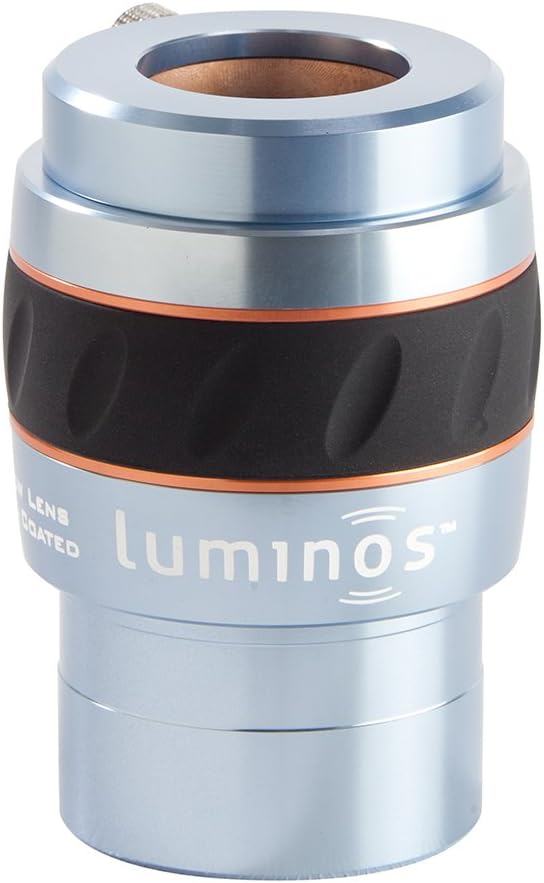
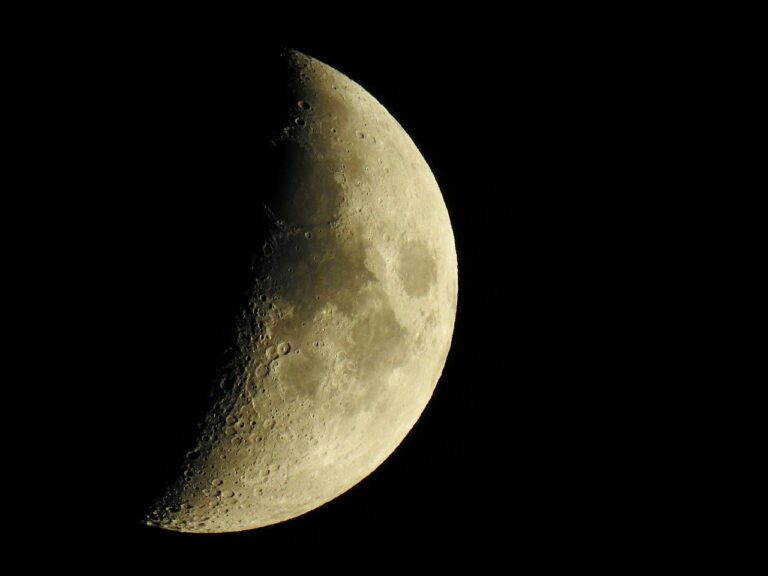


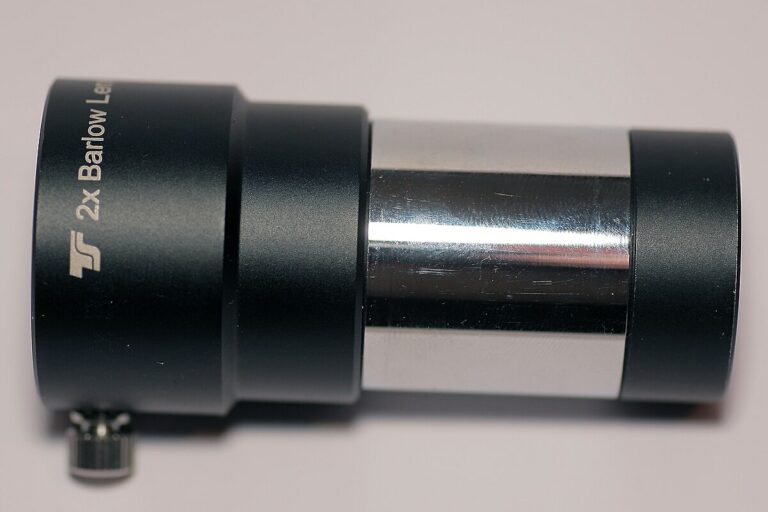
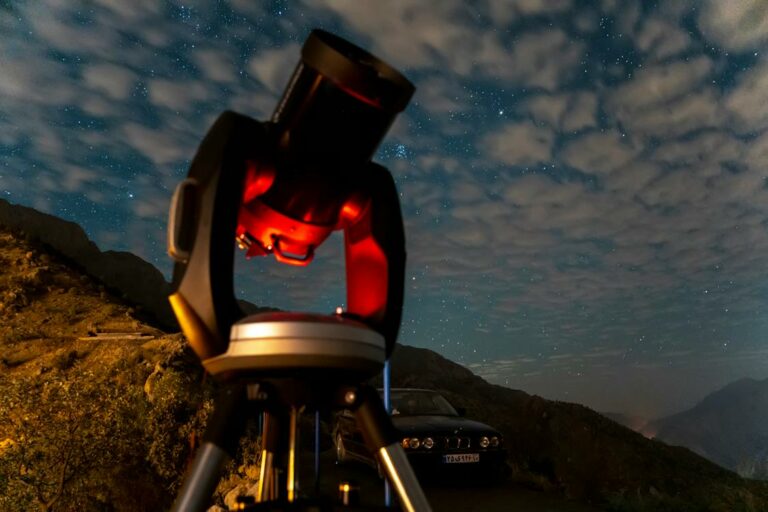
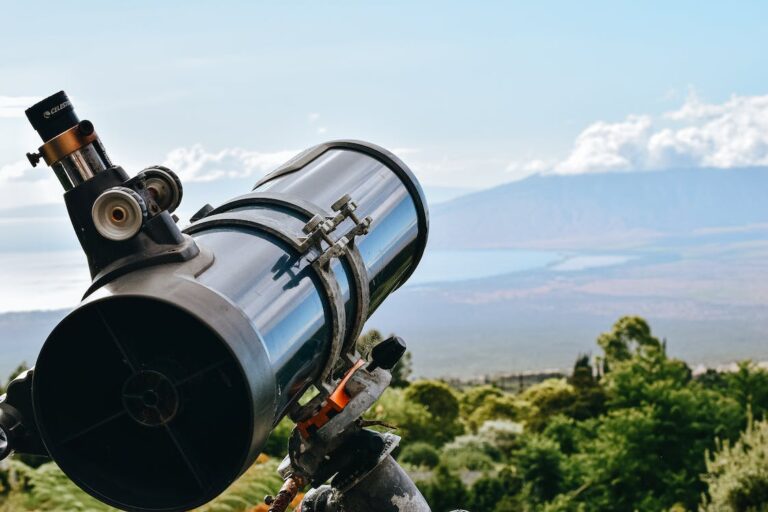
+ There are no comments
Add yours